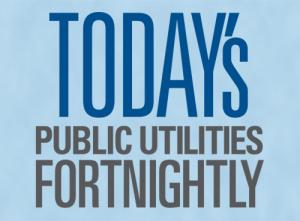Hydrogen isn’t much really. Just a proton and an electron. That’s it.

Which is one of the problems. The first element on the periodic table is so light, it floats away into the atmosphere.
Unless it’s bound to another element like oxygen. Two hydrogens and one oxygen and voila, you’ve got water. There’s hydrogen coming out of your faucet.
Which is, actually, one of the intriguing characteristics of this most promising of energy sources. If you oxidize hydrogen (as in a fuel cell), you get energy. And rather than a polluting byproduct when oxidizing a hydrocarbon, you get water when oxidizing hydrogen. Nice.
So a whole lot of research is going into perfecting the hydrogen fuel cell vehicle. But, you say, why bother? The electric battery vehicle is the future, isn’t it?
Maybe not all of the future. First off, an essential ingredient in electric batteries, lignite, is messy to mine. And its mining is mainly monopolized by China. Not good.
Secondarily, electric batteries haven’t the energy density to power heavy vehicles for long distances — think trucks, airplanes, ships — without frequent charging. Not good, again.
Electric batteries aren’t going to get us all the way there, if we’re going to decarbonize. I mean if we’re really going to decarbonize. Hence, hydrogen.
Hydrogen can be used to produce energy, sure. But it also takes energy to free up hydrogen from its buddies like oxygen. You can do that with electricity. Though the generation of that electricity better be sans emissions to reach the decarbonized end-state many desire.

